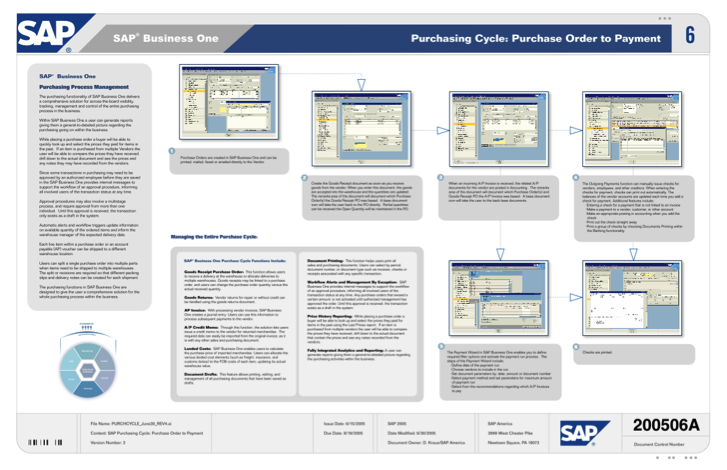Blueprint Your Difference
In our last post on differentiation, Michelle made the simple, elegant, and poignantly clear statement that to have differentiation, you have to be different. Now you may read this and say “duh,” but to get there, for most businesses, is truly hard. In fact, one of the hardest things you will ever do.
If you want to create and then maintain a competitive difference in your business – large or small – you need a process to articulate and present your core value proposition and how it affects your customer’s life or business.
At Leading Results, we have great tools we use to help our clients do this, and I want to highlight two in this post that tightly tie together. Before you stop reading, thinking this is a sales pitch, you should know that I’ll share enough here that if you want to attempt this at home by yourself, you’ll be able to give it whirl.
The first tool we use to help establish differentiation on behalf of our clients comes from a long time associate of mine, Roy Dudley of R.M. Dudley Corporation. The FUBO grid is a simple yet powerful concept. We create a grid that lists 'first,' 'unique,' 'best,' and 'only' at the top. Down the left side, we list key areas for focus like 'company,' 'process,' 'people,' 'product,' 'feature' (name), etc. By working through this grid in a thoughtful process, you can develop a list of attributes you can use to position yourself uniquely. For example, can you come up with something your company was first at doing? Or it could be what's truly unique about your process. Or what feature of your product is the only one available.
Mind you, this is only one side of the coin – the inside-out view. You also need to validate your statements from your customer’s perspective – but it's a great place to start.
Once you have your differentiation clear and validated, you need to express it in your marketing and sales processes. We’ve written a lot about how to express your differentiation in marketing – with content, insights, offers. How to continue to express that difference when you're face to face selling is where the idea of a blueprint comes in.
The blueprint has been around since the late 1800s as a way to consistently and inexpensively communicate a drawing or plan. And if you're selling a product or service that has a reasonable amount of complexity, it's an approach that still has merit.
Blueprints deliver an element of "business theater." Blueprints, unlike typical marketing materials, have immediate credibility as a technical drawing or illustration. The very nature of a technical drawing implies an embedded technical component with a higher credibility than typical promotional materials.
By creating a blueprint of your process or how your product is used, you can pull out key benefits, features, use cases, and important points in an easy-to-use document. Infographics are all the rage right now (here are a few marketing ones I like) – think of a blueprint for your product/company/service as an infographic on steroids or a visual whitepaper.
Here’s a screenshot of a blueprint I did when working with SAP for the SAP Business One product.

What the blueprint document did for the sales team was three-fold:
1 – It made the invisible visible. Software is an intangible. You can see it on a screen, but you can’t really touch it or see how all the pieces work together. The blueprint process allowed the sales reps to show the product and how it worked together without having to boot up a laptop.
2 – It provided guardrails for messaging. One of the dangers you face when selling complex or highly configurable products is the over-promise/under-deliver scenario. The blueprint allows you put out your key messages with a good degree of control in both words and images.
3 – It created engagement. When a prospective customer reached over the table and took control of the blueprint, or better yet, when they asked if they could take notes on it, the sales rep knew they were engaged. The blueprint became the basis of conversations and drove the meeting forward.
If you want a basic infographic, there are lots of resources out there, but if you want to go beyond this, you should be talking to us about blueprinting your difference.
So take the steps to define your difference and then document them so your marketing and sales team (or sales channel) can effectively communicate them. And if you’d like our help, reach out and call (or email, or tweet, or …)
And if you have other tools you have used or would suggest, leave us a comment.
(Here are 2 other blueprint examples if you're interested.)







Submit Your Comment